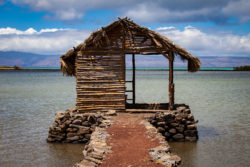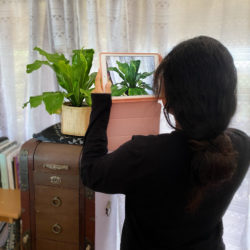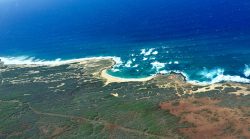New Partnership Brings Whale Sanctuary Education

NOAA News Release
Hawaiian Islands Humpback Whale National Marine Sanctuary and the nonprofit organization ʻAina Momona have signed a Memorandum of Agreement (MOA) to develop new outreach and educational projects for the community of Molokai. It is the first MOA between the sanctuary and a nonprofit on the island of Molokai.
ʻAina Momona is a Molokai-based Native Hawaiian nonprofit organization, founded in 2017 by Executive Director Walter Ritte and Trisha Kehaulani Watson, both former sanctuary advisory council members.
“We’re excited to partner with NOAA’s Hawaiian Islands Humpback Whale National Marine Sanctuary on the stewardship of Molokai’s resources,” said Ritte. “Our reefs and ocean are important sources of food for our island people, who rely heavily on a subsistence economy.…











